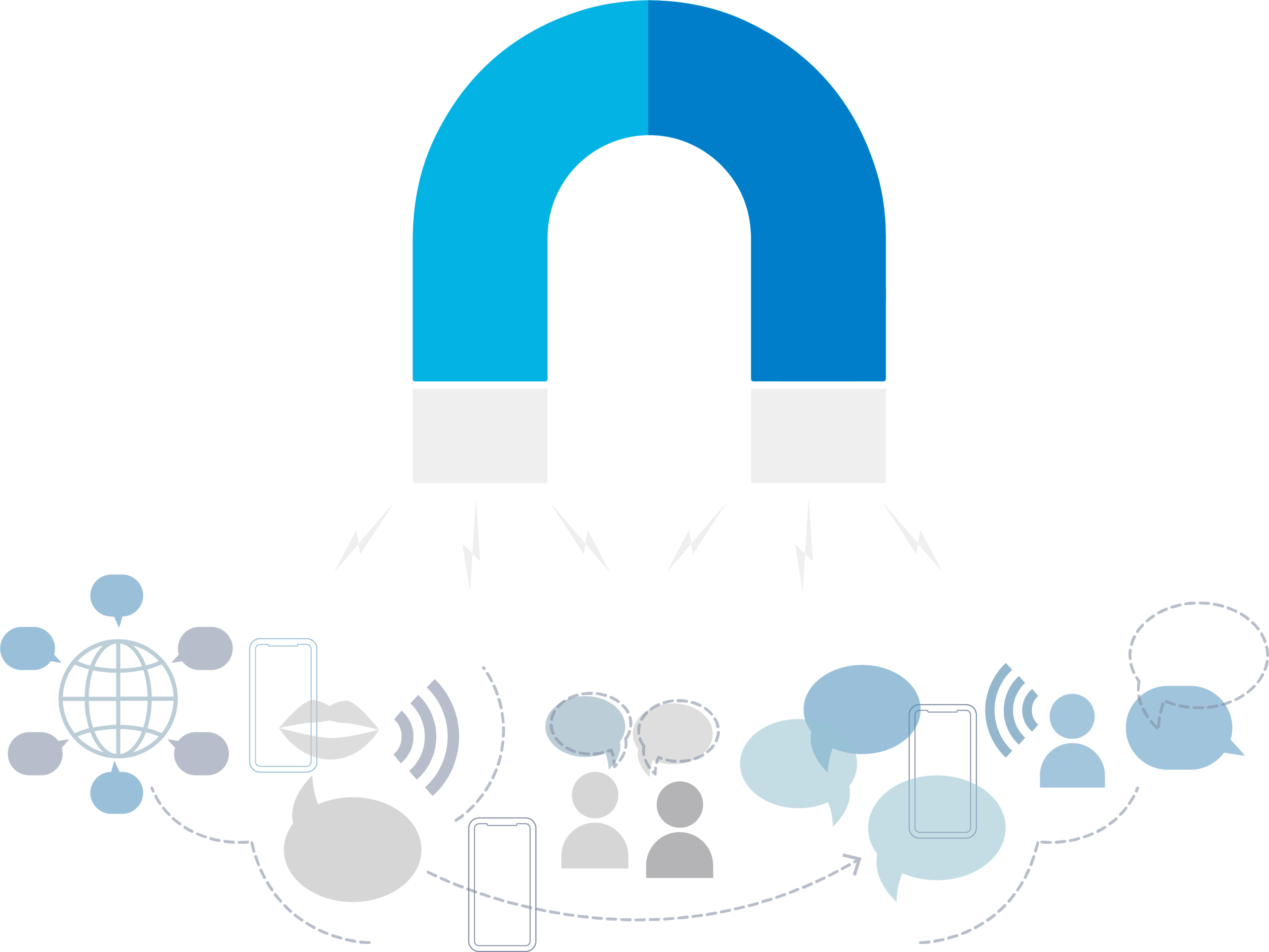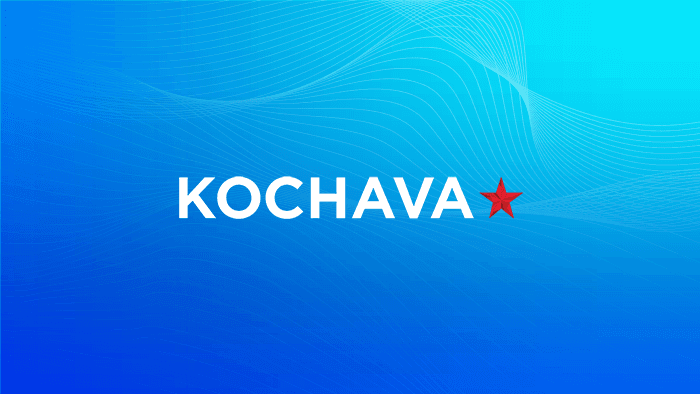Lifetime Value (LTV) | Definition
Lifetime value (LTV) is a metric that predicts the net profit or revenue attributed to the entire future relationship with a customer before they churn. LTV measures how valuable a customer is across the whole relationship.
Related Terms
How to calculate LTV
Before you can calculate LTV, you will need the following information:
- Average purchase value
- Average purchase frequency
- Customer value
- Average customer lifespan
To calculate your customer lifetime value, determine the average purchase value and then multiply that by the average number of purchases (average purchase frequency) to determine customer value. Next, calculate the average customer lifespan and multiply that by the customer value to get customer LTV.
Customer value = average purchase value X average purchase frequency
LTV = customer value X average customer lifespan
The LTV is a monetary value that predicts the average amount a customer will spend over their customer lifetime.
Every company will have a different LTV. A good LTV depends on your industry, market, niche, and your cost. Whatever your LTV is, it should be higher than your customer acquisition cost and the amount it costs to retain your customers.
Why is LTV important?
Customer lifetime value is important because it costs less for a company to keep their acquired customers than it does to obtain new ones. Increasing the value of current customers will more efficiently drive the growth of a company.

As a metric, monitoring LTV can be beneficial to most businesses, but it can be crucial for companies that operate with long-term and/or subscribing customers who would find this metric to be important in their marketing decisions. These types of businesses have a higher LTV than businesses that rely on one-time purchases from different customers because each customer that subscribes to a product or service adds a lot more to the businesses bottom line.
LTV example
A customer at an eCommerce company buys, on average, $75 worth of products, and a customer will buy something from this company three times a year for two years. The customer LTV is as follows:
Customer value = Average purchase value ($75) X purchase frequency (3x/year)
Customer value = 225
LTV = 225 X lifespan (2 years) = $450
In this example, one customer of the eCommerce company will spend $450 during their lifetime with that company. With this information, you can determine revenue and how many customers you need to achieve a profit. If you can boost the purchase frequency, customer lifespan or the amount spent, you can increase customer LTV.
How to improve LTV
LTV focuses on the retention and satisfaction of a customer so the best way to improve LTV is to nourish those relationships and keep the customer around for as long as you can. Here are some ways to increase LTV:
- Referral program – Referral programs work by giving your current customers some reward for referring your product or service to a potential customer. A referral program is a great way to incentivize your customers and it can expose your product or service to potential customers who can then become loyal customers.
- Listen to your customers – You can create a customer survey that asks your customers what is working and what isn’t. Incentive your customers to take the survey by offering a discount code or gift. While it might be more difficult to get a lot of survey responses, those who do respond have something to say whether it’s good or bad. Not only can this information become extremely valuable to improving your customer experience, but it can also show your customers that you want to hear from them and care about their opinion.
- Improve customer service – Customer service is a crucial part of how a customer perceives your product or service. A better customer experience leads to a better customer experience which makes customers want to return, improving LTV.
- Reward your customers – By calculating LTV, you can determine which customers are the most loyal. Cultivate that relationship by rewarding them with special deals or discounts so that they feel seen and will surely increase their retention. Also, if customers know what loyalty is rewarded, potential customers could be more likely to stick around.
- Increase customer engagement – If you are not engaging your customers, there is a high likelihood that they will forget about your product or service. Engaging your customers is a fairly effective way to boost LTV. Consider email marketing campaigns, social posts, and/or cross-platform ads to reach your customers with enticing offers, insights, or information.
Predictive LTV
Predictive lifetime value utilizes machine learning to determine a user’s future behavior. It’s the predicted total of all future revenue that a customer can generate. By combining historic user data with current user behavior and engagement information, marketers can predict the future lifetime value of a customer.
With predictive LTV modeling, marketers can pinpoint early indicators of a user’s behavior such as making a purchase, churning, or upgrading. This information can be used to determine what actions lead to loyal customers and, from there, audiences can be created for reengagement of current customers and the acquisition of new ones to boost revenue.
Kochava and LTV
Seamlessly visualize key revenue metrics within our intuitive analytics dashboard, with easy access to revenue per install (RPI), revenue per user (RPU), total revenue and more. Filter and split-by ad partner, campaign, creative, search keyword and other attributes to understand what marketing strategies deliver customers with the highest LTV.
Dynamic audience segmentation – Leverage Kochava audiences to segment high LTV users for reengagement. Seamlessly activate via your preferred partner’s audience API.
Accurate return on investment (ROI) – Couple holistic revenue tracking with Kochava’s media cost measurement to understand true ROI across channels and partners.
Lookalike modeling – Find more users just like your highest value customers with lookalike modeling from a data marketplace.

